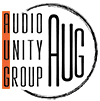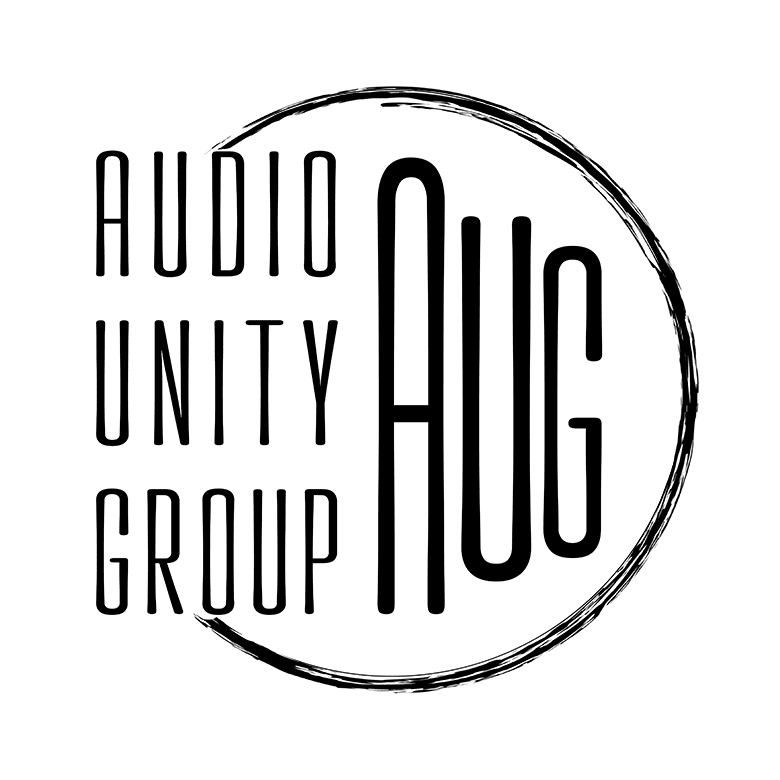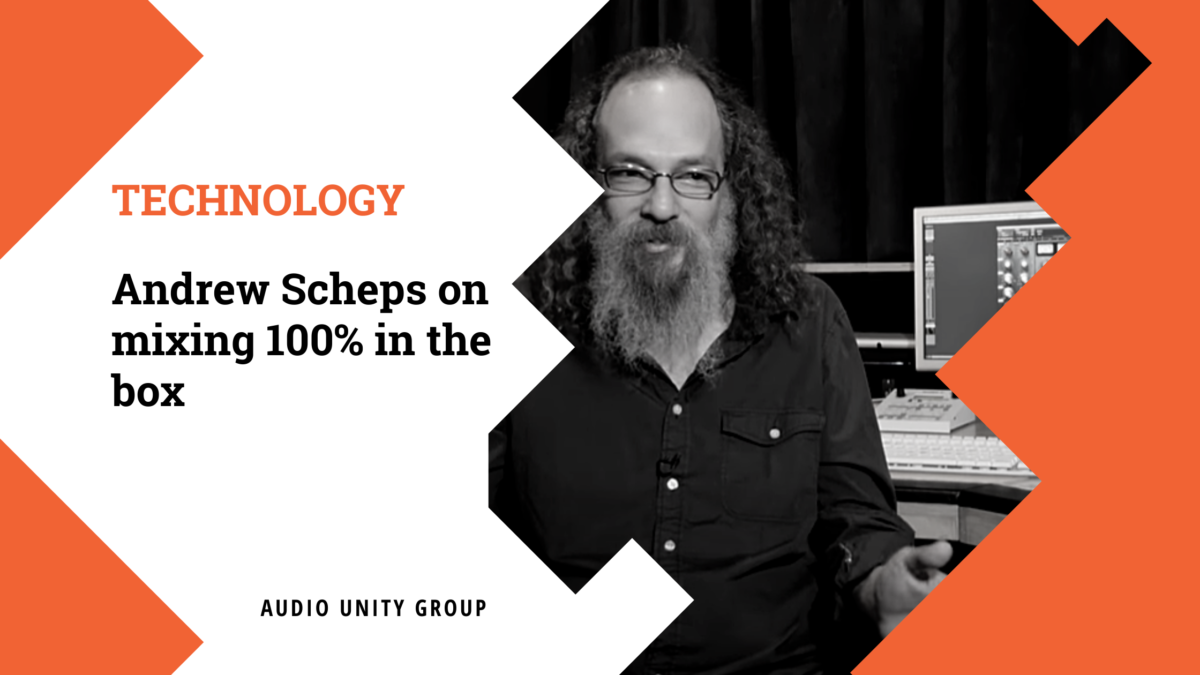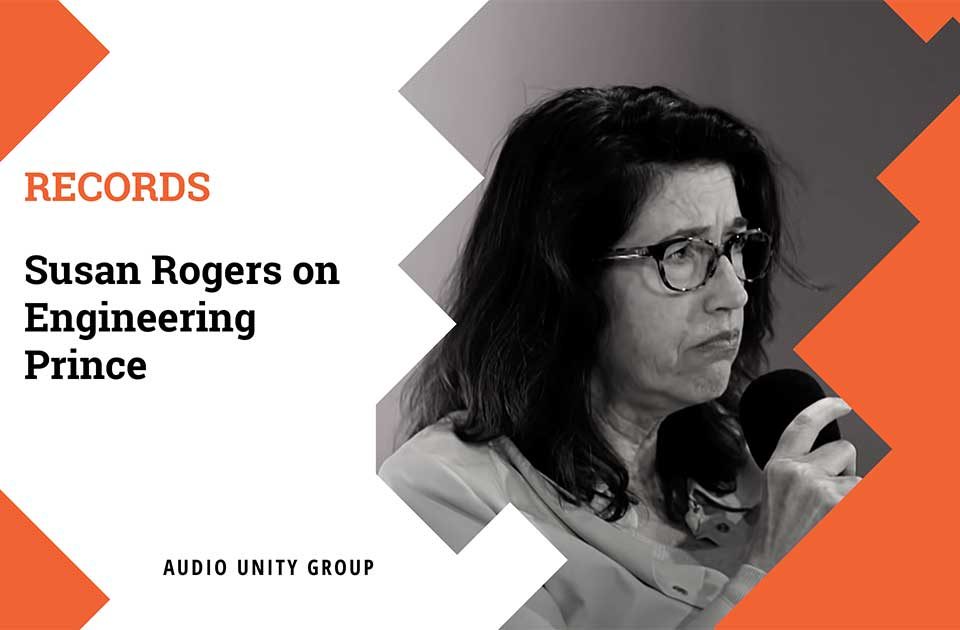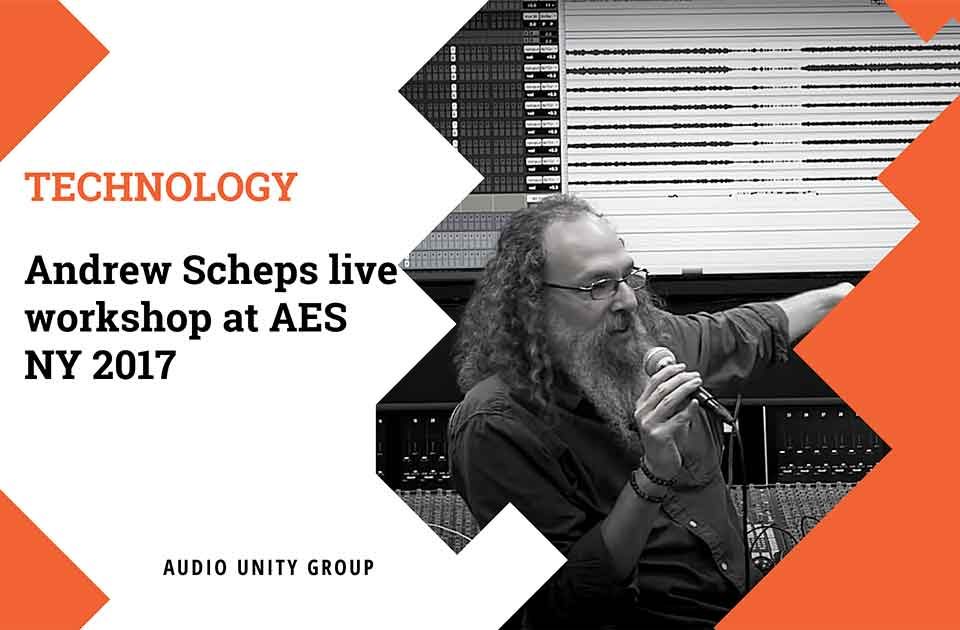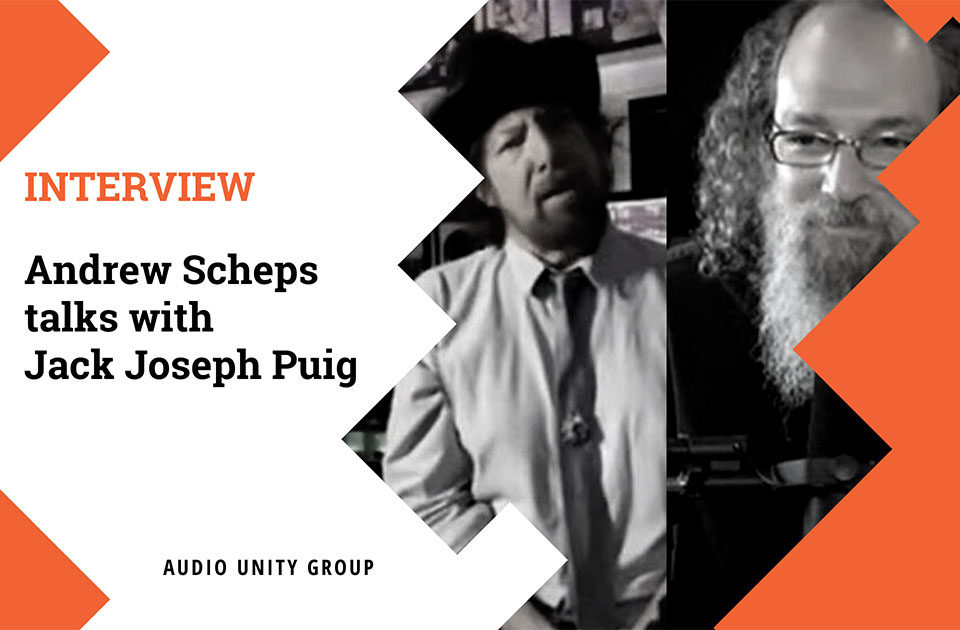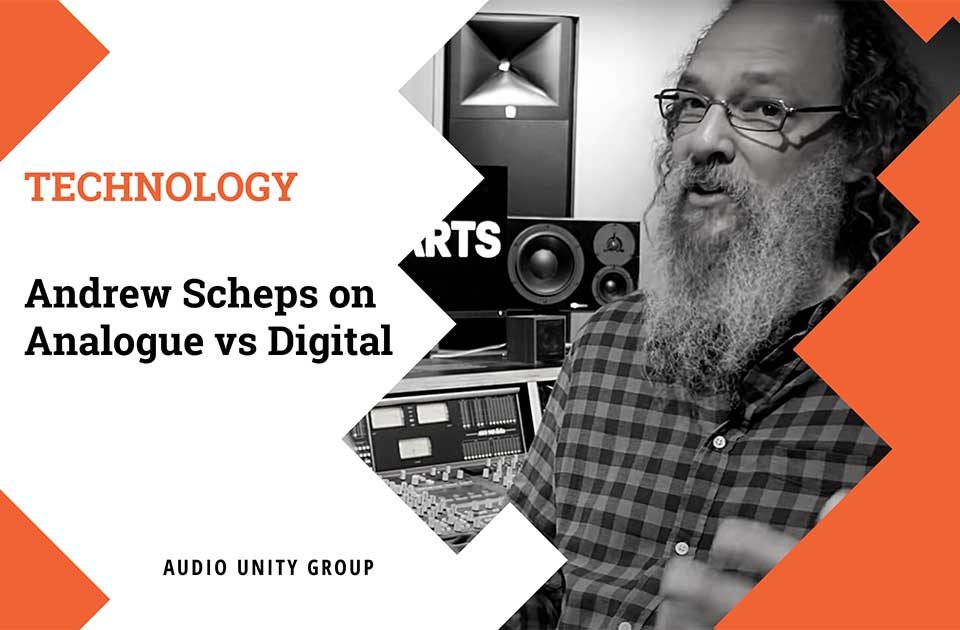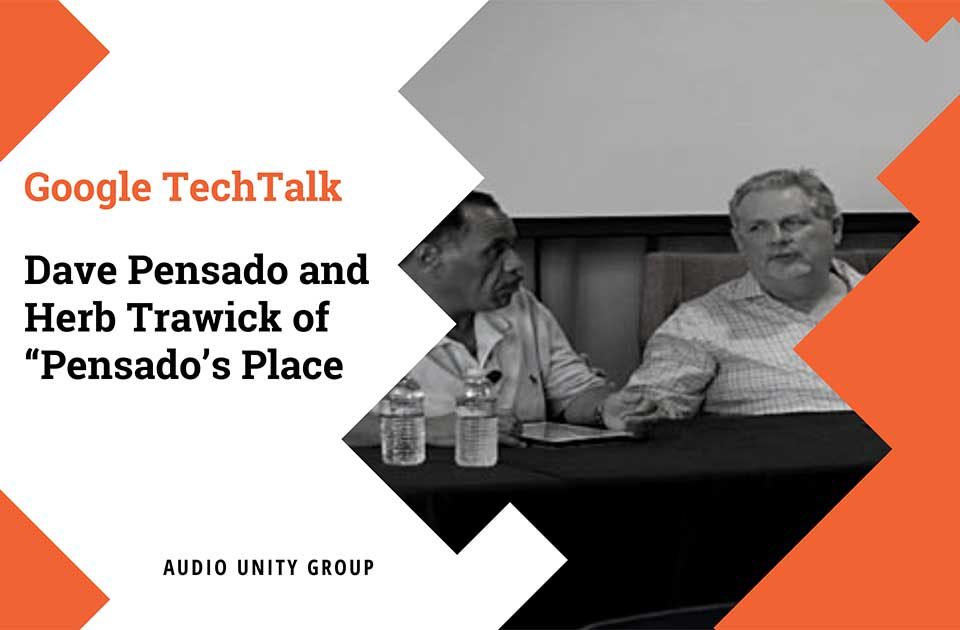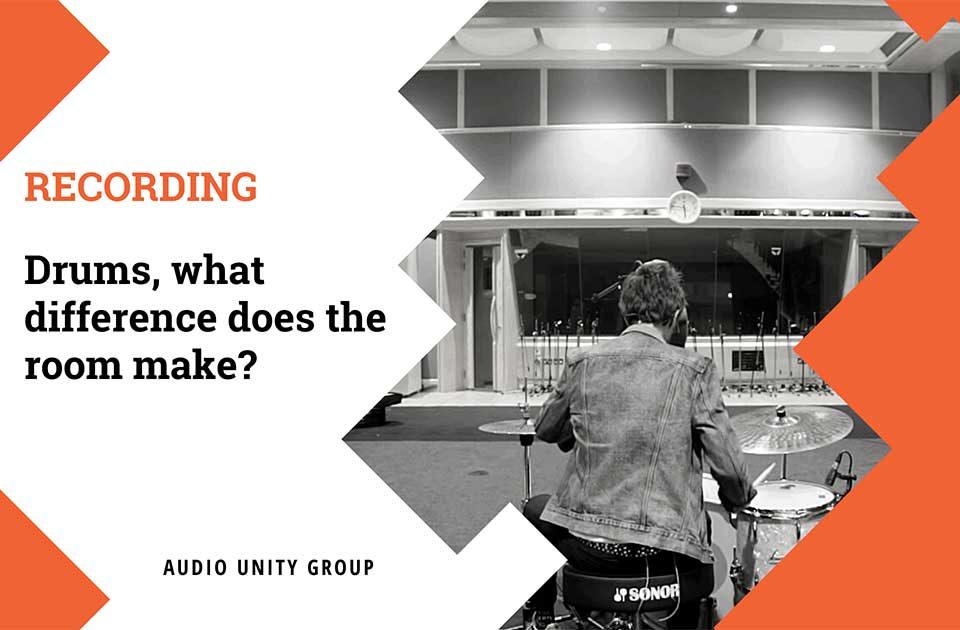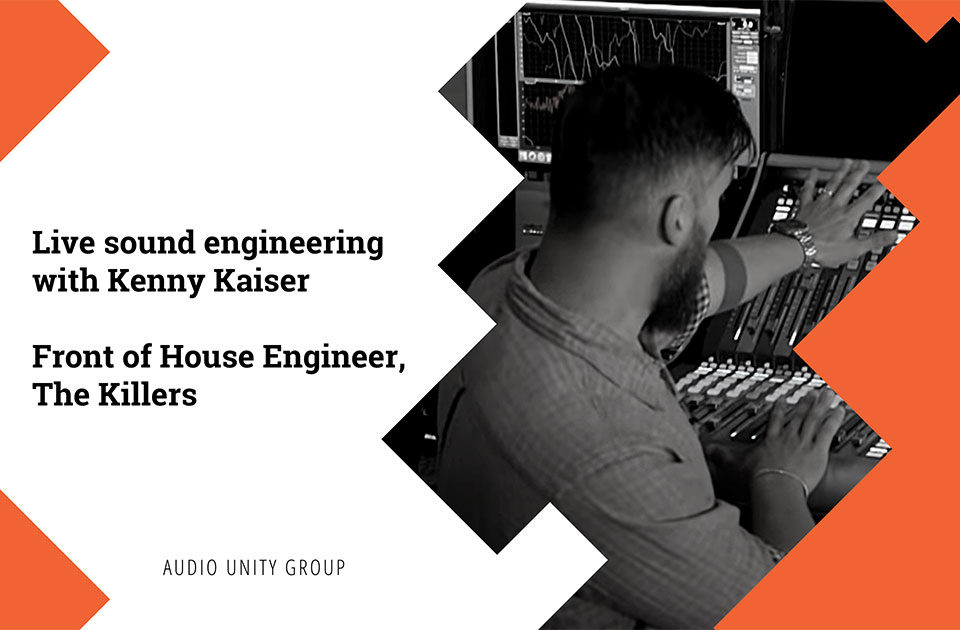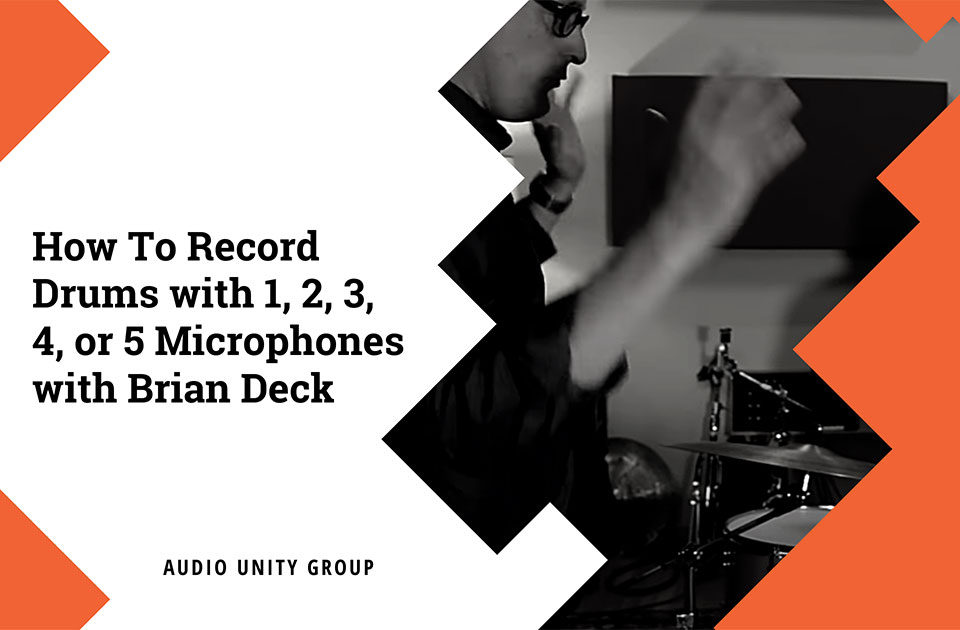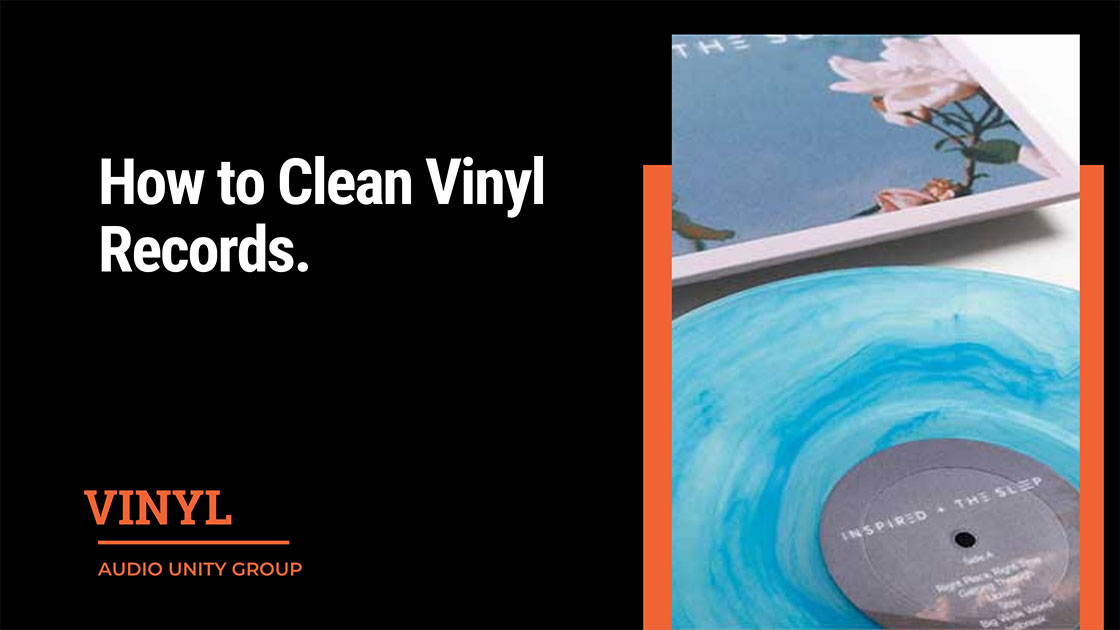
Vinyl Cleaning. How to Clean Vinyl Records
December 28, 2020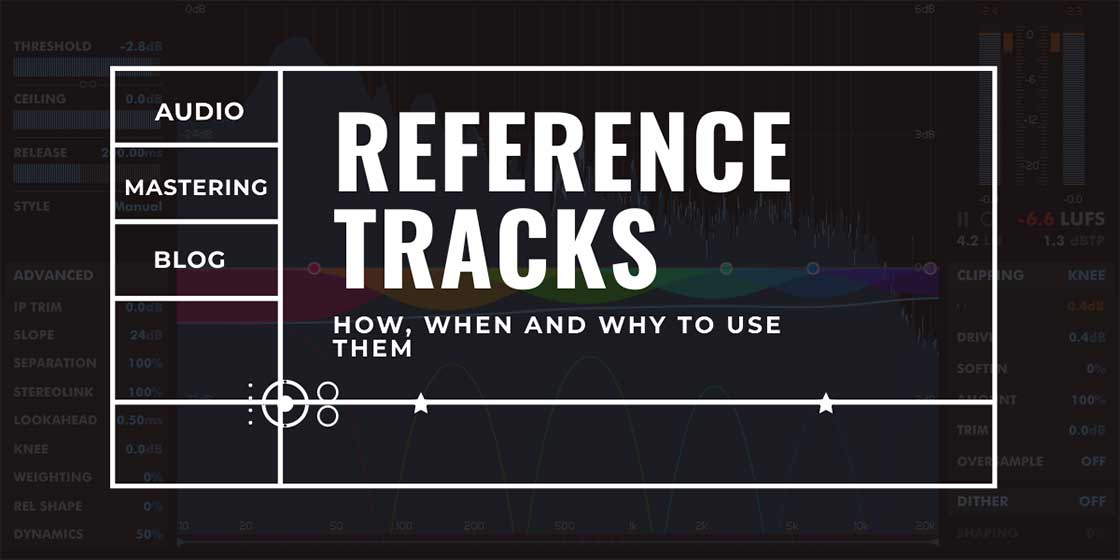
Reference tracks. How, when and why to use them
January 27, 2021Andrew Scheps: on mixing 100% in the Box
Find why producer/engineer Andrew Scheps (Adele, Red Hot Chili Peppers, Hozier) went from mixing with hardware to mixing 100% in the box, and discover which plugins he prefers for compression, EQ and effects.
Transcription
[00:00:06.350]
Hi, I’m Andrew Shepps, and I mix records and record and produce, and I’m here at Waves. And today we’re going to talk about all kinds of things. The very first time I used the Wave plug in was the U ten, which I believe was the first or one of the first that came out. And it was also one of the first 3rd party plugins I had seen because up until then, really, you got what came with Pro Tools and TDM was new and it was kind of a new frontier of developing things for Pro Tools.
[00:00:39.810]
And what I loved about it was it seemed to be the first time that someone had said we can make a plugin that’s easy to use as opposed to typing numbers in boxes.
[00:00:50.380]
But we don’t have to make a plugin that’s trying to be exactly like some piece of hardware. So there’s no ten band EQ where every band can be any type of Philtre or parametric band or low pass or high pass or shelving to have that sort of flexibility and have ten bands in one EQ. Just let you do everything inside one box instead of trying to think about the normal use of EQ. So it was pretty eye opening actually, to have that kind of flexibility. For years, I mixed on a large format console with a tonne of outward gear, and while I was doing that, I still use plugins either for sort of forensic stuff, fixing very small frequency problems with notch philtres that kind of thing, or for crazy effects or effects.
[00:01:38.070]
I really wanted automated things you couldn’t do with the hardware. But for the last two years or so I’ve been mixing 100% in the box. So plugins are my workflow at this point. I mean, obviously for recording. You need gear and I love all the gear I’ve got and all the gear I used for mixing is perfect for recording as well, but for mixing it just doesn’t make sense anymore.
[00:02:02.290]
For a million reasons, I still will reach for the queue 2410 whatever sometimes because I use highpass philtres a lot, not as much now that I’m in the box as I used to when I was on the console and all high pass philtres have different characters to them, how much they ring as you start to turn up the slope and things like that. So I’ll still bring up the Q two for a Philtre every now and then. I love the Rvox plugin just as a really simple.
[00:02:32.700]
I mean, it has three controls, but you really only need one, and I love that simplicity to know on a vocal, I just needed to stand up a little bit more and all the auto gain correction, that kind of thing. I love the real ADT that you guys just brought out the way I like to use effects like Reverb and delays and things like that is to have them do the job they’re supposed to do by making something bigger, wider, fatter, deeper.
[00:02:57.820]
However you would describe it, but you don’t really hear the effect. I’m always looking for very short delay with pitch shift things that are interesting and add a lot of character and depth, but that you don’t just hear it. And the real ADT is awesome for that. And the different modes sound really different and react really differently, but they are also very subtle in a way like they’re crazy sounding if you crank it, but tucked in, it just gives you this great depth with a lot of motion in it.
[00:03:26.110]
So I love that.
[00:03:28.290]
One of my other favourites is the Metaflanger. If you want a flanger, you just put that in the default. Sometimes I leave it on sign. Sometimes they change it to triangles. Sometimes I mess with the stereo width and then I’ll automate that a lot like if you want the bridge of a song to have a really slow flange, it then speeds up and I’ll automate the mix control or the feedback.
[00:03:50.430]
So I go for that a lot. That’s what flangers sound like to me. I also love a lot of the models that have been done recently and not so recently. I love the API queues in hardware. I always loved the 550s and didn’t use the 560s too much, but in software I use the 560s a lot just because of the way the queue tightens up as you add more so you can get really hunky mid range out of it in a way that’s really hard with a lot of other EQS.
[00:04:19.690]
I love all of the CLA compressors. They have a lot of grit to them, so I use those a lot, especially the Lem 76 and the La 30 A because those are just very particular sounds in my head, and usually the hardware you’re using is a bit out of spec and distorts a little bit more than maybe it should. And that’s what those plugins sound like to me. They’re very grainy and bright, which I like a lot. I love the Pwigchild has a great colour to it.
[00:04:48.620]
I never use it to compress. I don’t like it compressing. I don’t like most Fairchild hardware compressing either, but the sound of just running through it is awesome. Well, I think the thing to remember unless you’re recording on analogue tape is that you record some acoustic thing in a room and that’s analogue because it is and you’ve got a microphone and a preamp and maybe a compressor and EQ or whatever. And then you come into whatever you’re recording in logic or pro tools or whatever, then you don’t necessarily have to come out until it’s time to hear it again.
[00:05:22.450]
That’s the other analogue side of the chain. So those are the two most important things to get gear for, because you have to get gear because there’s no other way to do it. So good microphones one or two good preamps. You don’t necessarily need an EQ or a compressor on the way in. If you can afford one.
[00:05:41.280]
Great, but you don’t have to have one. And then the other thing is to have good speakers. You have to be able to hear what you’re doing. I wouldn’t recommend spending thousands of dollars like treating a room that you’re going to be listening in, but make sure the room doesn’t have any horrible problems, because then you’re just going to be adjusting everything you do around those problems. But if you get a pair of speakers that you know and you can take those to any sort of dead living room type room and hear what you’re working on and know what it is you’re hearing, then that’s really important.
[00:06:12.920]
So I think the very beginning of the chain and the very, very end are absolutely the most important. And then you just worry, work your way to the middle.
Download FREE pdf
mastering chain cheat sheet
Use this 10 step mastering chain sheet to improve your mastering processes and to make sure you do right things at the right time!
DOWNLOAD PDF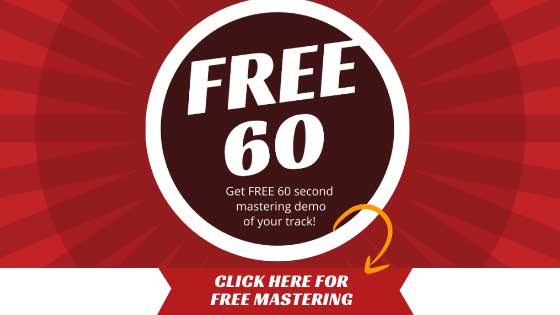
Hey I’m Tom, I’m a mastering engineer here at Audio Unity Group. I mostly look after Vinyl production and audio side of things. I hold a bachelor’s degree with honours from Kingston University in London. I love audio and helping others create outstanding-sounding records.

